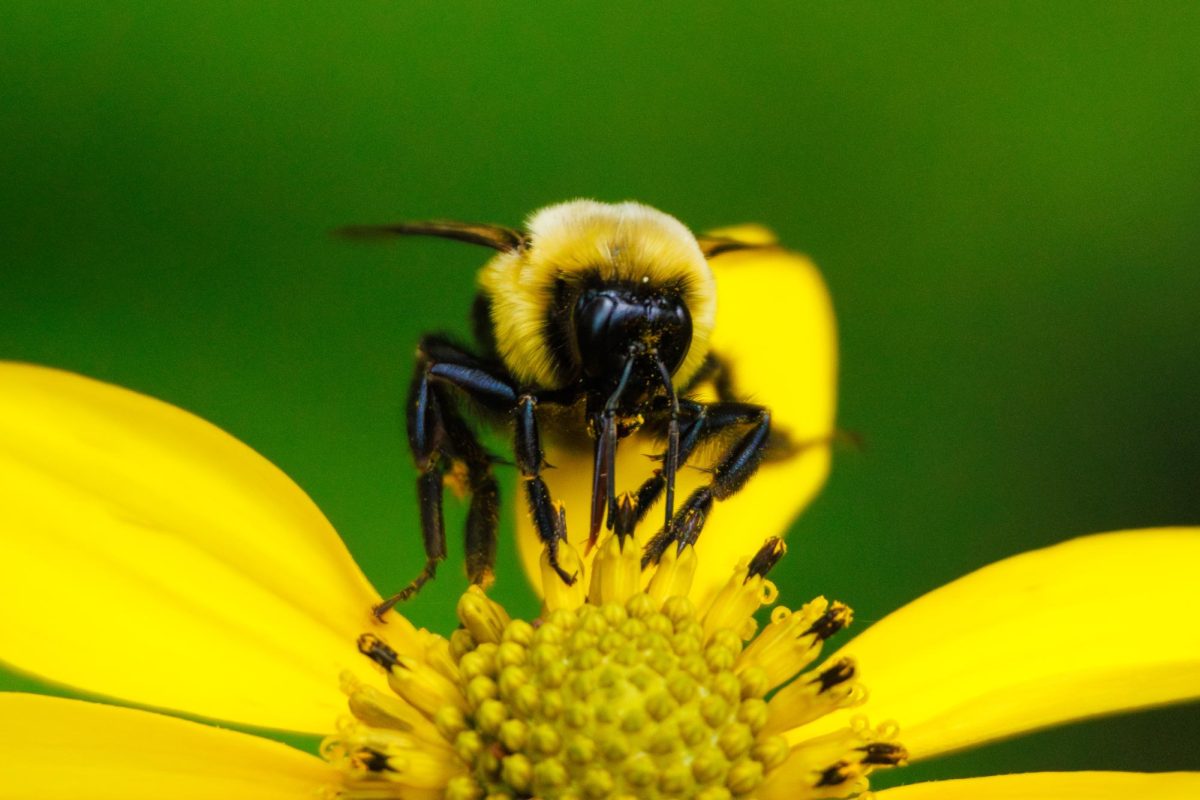They are not your typical carpenter ants. Yes, they still forage for food on the forest floors of regions along the tropical belt. And yes, they can still carry up to 50 times their body weights, but these ants are entirely under the control of a parasitic fungus that takes over their brains. Dubbed “zombie ants” because of the way the fungus takes control of their functioning, the infected ants live out the remaining portion of their lives in a way that allows the fungus to grow and reproduce rapidly.
Sound scary? It could be, but thus far researchers have found that the Ophiocordyceps unilaterali fungus typically is only found in temperate and tropical regions around the world. So the odds of finding any “zombified” ants in the Champaign area anytime soon are slim. But the research that scientists are working on to learn more about this unique fungus speaks volumes for how different ecosystems interact, said lead Harvard researcher David Hughes.
“For the goal of understanding biological complexity (and) knowing how an organism in one kingdom of life controls the brain of an animal in a different kingdom, (learning about parasitic fungi) is very interesting,” Hughes said.
Although researchers are still scratching their heads at how the fungus manipulates the ants’ brains, Hughes said they know that the fungus uses chemicals to alter their behaviors. After becoming infected, the ants forage on the forest floors where it is cooler, damp and darker — ideal conditions for the fungus to spread its spores, infect more ants, and continue reproducing. Hughes said his work on ants showed the time from infection to death is six to nine days.
The area is still relatively new to researchers on campus, and associate professor Sydney Cameron of the entomology department said she had not heard of the zombie ant phenomenon before. Hughes said ongoing research is important because the fungus, along with many other species of animals, insects, and parasites alike, nears closer to extinction with the continued depletion of the rain forests they dwell in.
Get The Daily Illini in your inbox!
“(A possible extinction of the fungus) would be impossible to predict,” he said. “But in the worst case scenario, one gets enemy release as the loss of a parasite allows one species to dominate and out compete others.”
Katie Mijal, junior in LAS, said she had never heard of this type of fungus before and was “grossed out” after seeing pictures of the zombie ant shells that the fungus leaves behind. After killing the ant, the fungus continues to use its body for food and eventually grows out of its head, spreading its spores to other ants in the region.
“I wouldn’t want to see those around Champaign,” Mijal said. “I feel like it’s something that is in outerspace, like some kind of weird creature that they found on another planet.”
Hughes said there is no chance the fungus could mutate and eventually affect mammals, reptiles or birds in the way that it has affected the insect population, meaning people have little reason to worry about the potential for other “zombified” creatures lurking in the night.
Even still, said Mijal, “it’s nice to know they’re not around here.”





